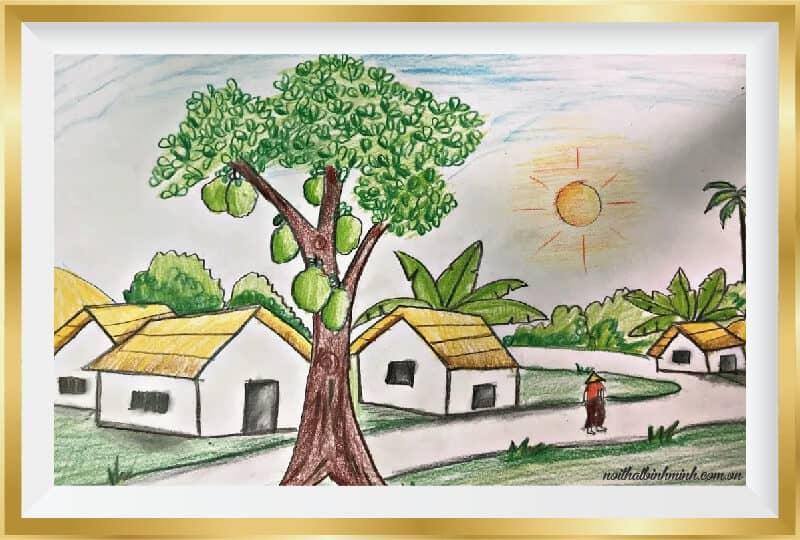Photoshop is the industry standard for graphic design and image editing work. It’s a fantastic piece of software with tons of online courses detailing how to use it effectively. But like with any other program, it’s not foolproof. There are some technical issues that would usually result in a crash.
Today, we’ll tackle some common reasons why Photoshop would crash and some troubleshooting solutions for them.
Timed Graphics Card Reset
Sometimes, a crash is caused by an inopportune reset of your computer’s graphics card. Windows 10 has a feature called Timeout Detection Recovery. This controls how long the system will wait for a response from your graphics card before resetting it. The default setting has it at 2 seconds, but you can change it to 8 seconds. Adobe has a comprehensive guide in figuring out if the GPU is the cause of your crashes. Consider this as a last-ditch option, due to a few additional things that this solution affects:
The TDR setting is a global setting, so it will affect all graphics cards in your system.
If you change the TDR setting, it may cause other programs to crash.
If you are unsure how to change the TDR setting, contact your graphics card manufacturer for assistance.
The Solution for Timed Graphic Card Reset Problem
Open the Windows Registry Editor by pressing Windows+R and typing regedit.
Navigate to the following key:
HKEY_LOCAL_MACHINE\SYSTEM\CurrentControlSet\Control\GraphicsDrivers\TdrDelay
Double-click the TdrDelay value and change the value data to 8.
Click OK and close the Registry Editor.
Restart your computer and try using Photoshop again. If you still experience crashes, you may need to update your graphics card driver.
Outdated Software Caused Problems
Before doing some more involved troubleshooting measures, a good way to solve most crashing issues, not just for Photoshop but for any problematic software, is to simply update any and all software. Sometimes, the cause for frequent crashes might be incompatible software versions. Since it might be unnecessarily tedious to pinpoint which program has an outdated version that’s causing the crashes on Photoshop, it’s best just to make sure everything is up-to-date.
How to Solve Outdated Software Problems
Double-check to make sure all of the following systems are up-to-date and correctly installed:
Your computer’s OS and its current version
Drivers for all pertinent hardware (including the GPU)
Drivers for your graphics tablet, display monitor, and other peripheries
The version of Photoshop you currently use.
Insufficient RAM Caused Problems
The payoff for having a program as powerful as Photoshop is the amount of RAM it takes to run it. The minimum requirement, as stated by Adobe, is 2GB of RAM. However, if you’re looking to run more complicated projects, 8GB is the recommended amount for optimal performance.
Do note, however, that running other programs concurrently will eat up parts of your computer’s available RAM. Running browsers, music players, and other programs while you have Photoshop up will be detrimental to Photoshop’s performance. In the worst case, issues with RAM limitations will cause crashes.
How to Overcome Insufficient RAM Issues
You can address this problem from two ends. First, an easy way to make the most of your available RAM while minimizing the risk of Photoshop crashing is to simply close any other programs running that might eat up memory. If you can afford it, make sure that Photoshop is the only program running while you work.
Alternatively, if your workflow or preferences necessitate the simultaneous use of other RAM-hungry programs, you might want to look into upgrading your memory. Although 8GB is the recommended amount according to Adobe, you’ll be able to have a smoother and more efficient workflow if you work with 16GB and even 32GB if your computer can take it.
Photoshop Memory Limit Caused Problems
Sometimes, Photoshop will underutilize the RAM available on your computer due to settings in the program itself. If you don’t have the budget to upgrade your RAM and you already are using the least amount of concurrent programs when running Photoshop, checking this setting in Photoshop’s preferences can be a quick way to prevent crashes and make Photoshop run quicker than before.
How to Increase Memory Limit in Photoshop
Go to Edit, then to Preferences. From there, choose Performance.
In the window that opens up, you’ll see Photoshop’s memory usage, history, and cache settings.
Go into the memory usage section of the window, and allow Photoshop to use a larger percentage of the available RAM.
You’ll want to shoot for something in the 60-70% range. Sliding it all the way to 100% might negatively affect some integral background processes in your computer that might also need RAM.
In the same window, reduce the number of History States under History. This will lessen the memory load that Photoshop requires.
Under Cache, you can choose to lower this value if you find that you work on files with smaller resolutions or multiple layers. For files with fewer layers or those with large resolutions, you’ll want to keep this value high.
Plugin Caused Problems
Sometimes, it isn’t Photoshop that causes the crashes. There will be instances when auxiliary plugins are causing the issues.
Solving Plugin Caused Problems
A quick fix is to turn off your plugins and see if that has a positive effect on the frequency of crashing. If it does, the culprit is probably one of the disabled plugins.
You can disable plugins by holding down Shift when opening up Photoshop. A prompt will then ask you if you’d like to skip loading in third-party plugins.
From there, it’s just a matter of turning on plugins one by one to see which one is causing it. Note that it might also be a case of two plugins interacting with each other in an unexpected way, so keep that in mind.
Conclusion
For any issue that you face with programs like Photoshop, there will always be ways to prevent or even solve them. The key to mastering the program is practice; with tons of tutorials available online, this should be easy. Hopefully, the list we’ve tackled today will help you figure out the best way to move forward after a frustrating crash, so you can go right back to making amazing art and image edits with the program.
You can also check out our GPU Guide for tips to use GPU, along with speed up and acceleration tips for Adobe Photoshop.
If you’re apprehensive about going through all these steps to figure out what part of your computer is causing the crashes, consider using cloud computer services like Vagon to make sure that you’re using a machine that can run Photoshop with no issues at all.




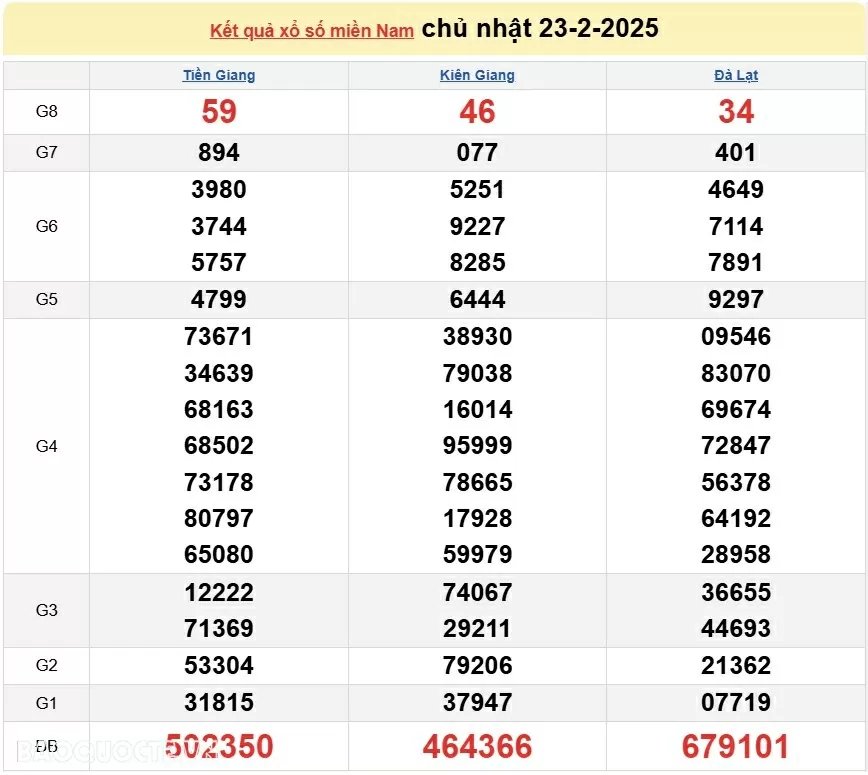
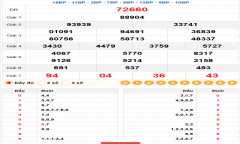
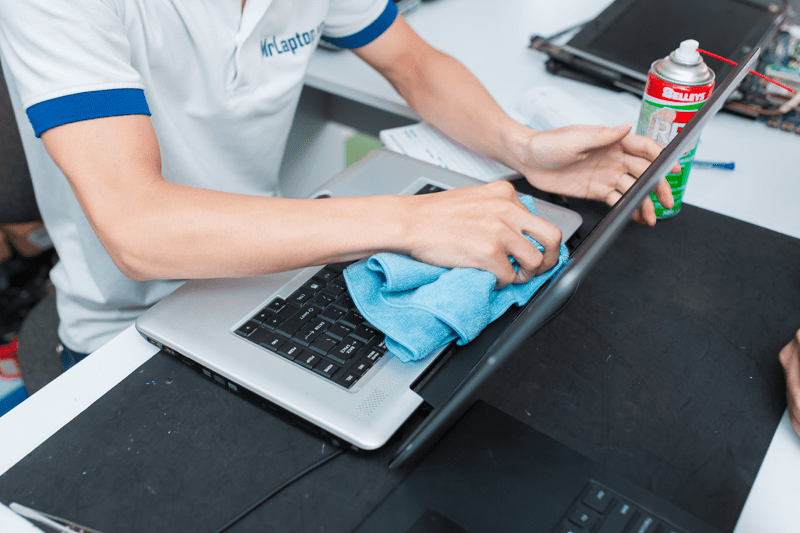
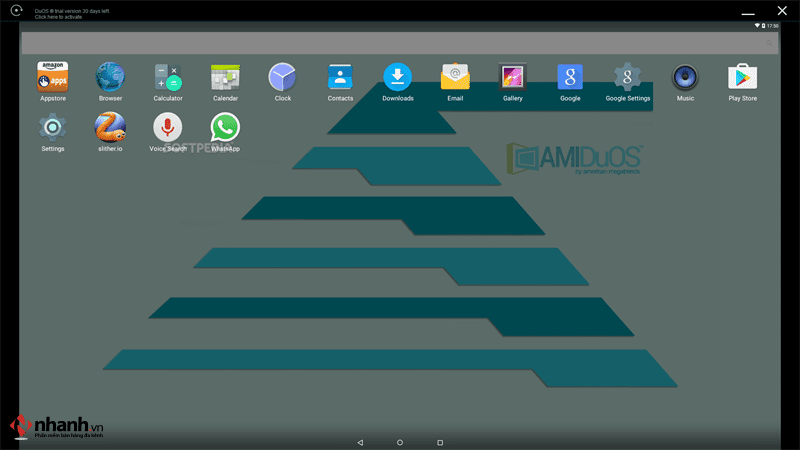
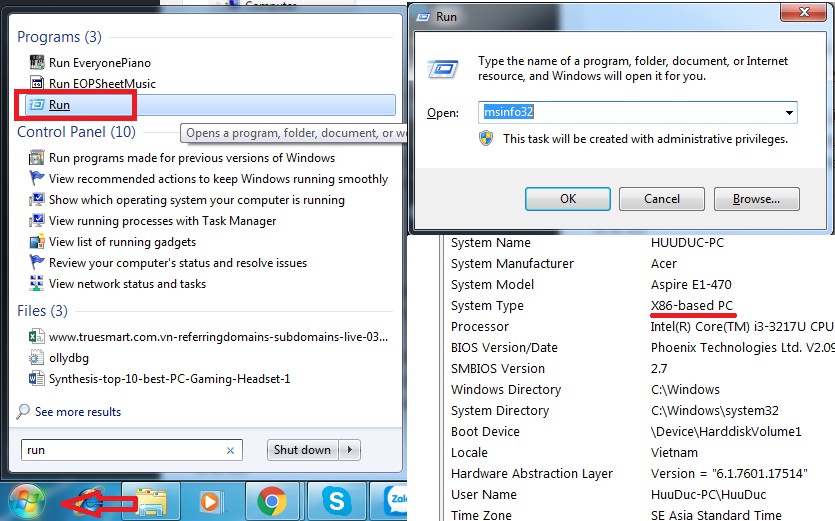


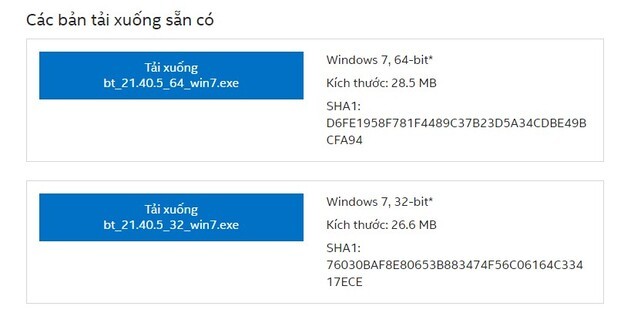
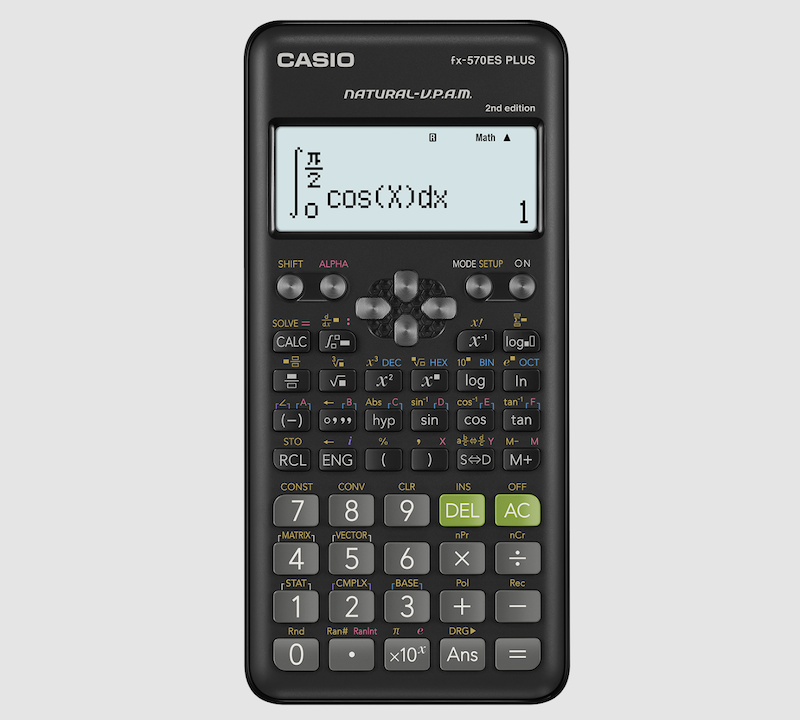



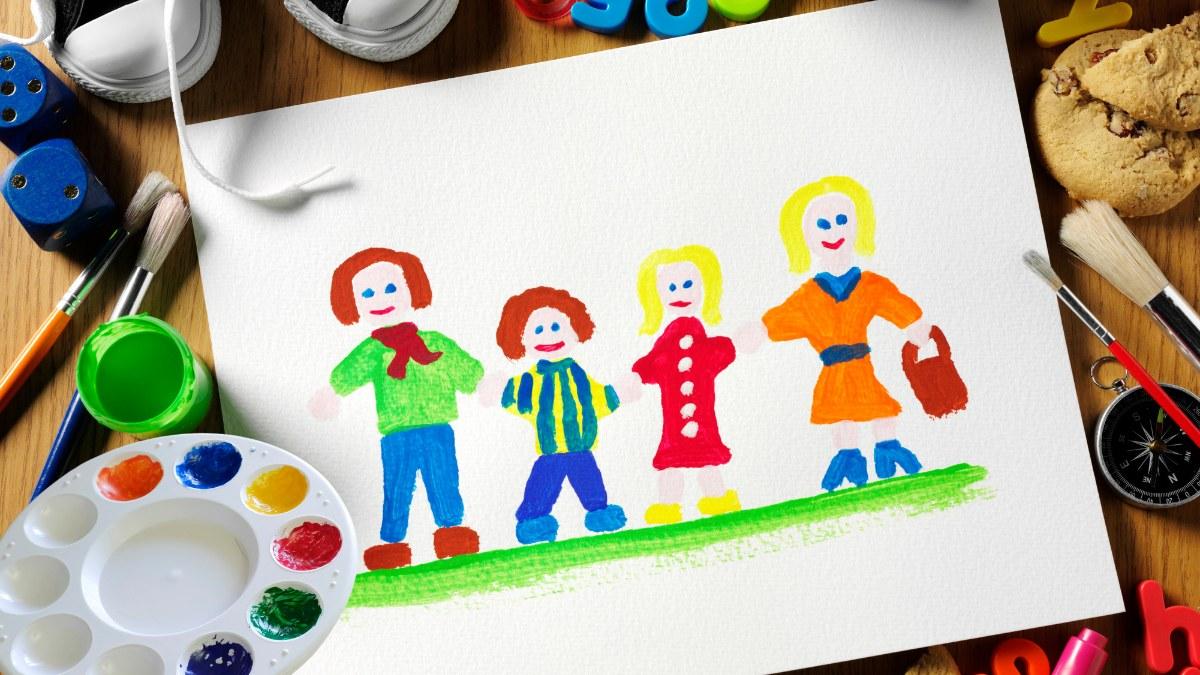

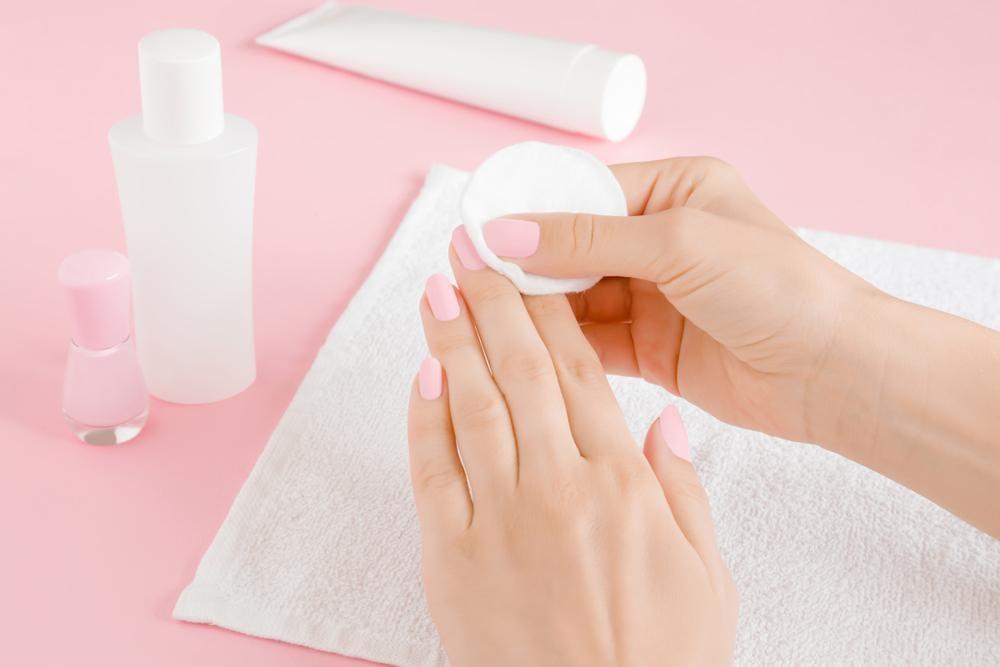
![Hình Ảnh Simmy Cute, Chibi Đáng Yêu và Dễ Thương [mới nhất 2023]](/uploads/blog/2025/03/10/1338e13e8538c91ef15fbc109d5227b8502f7cbf-1741551377.jpg)
